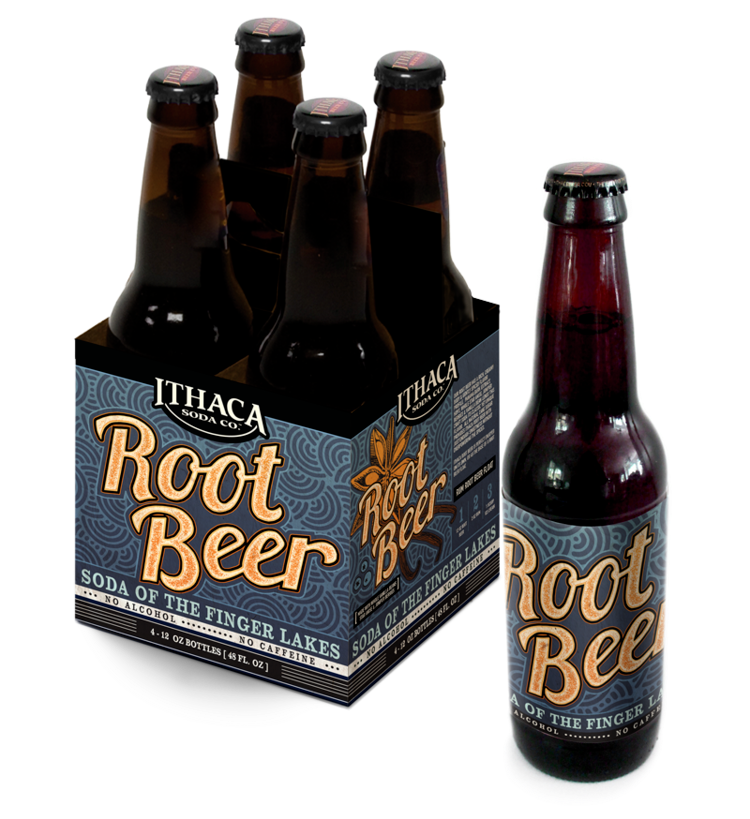

Heady Topper was the beer people couldn’t get enough of – an 8% ABV double IPA that’s unfiltered and needs to be stored cold, encouraged by the brewers to be consumed in 16-ounce cans. The gospel of The Alchemist in Waterbury grew throughout the Northeast, which started as a brewpub in 2003 before shifting into a bottling operation. Like most great things from Vermont (Ben & Jerry’s Ice Cream, Darn Tough socks, the jam band Phish), Heady Topper grew larger-than-life via word of mouth. The Classic American Imperial IPA, East Coast: Heady Topperįor over a decade, the beer world has obsessed over this double India Pale Ale brewed by The Alchemist in Waterbury, Vermont. Lagunitas IPA took off and became a whole thing around California, quickly becoming replicated by other breweries up and down the Pacific Coast before spreading east. Lagunitas IPA started taking off in Bay Area bars, where beer nerds were already growing familiar with Pale Ales thanks to Sierra Nevada’s foothold in the region.

In 1995, brewing out of his house in the California village of Lagunitas, Tony Magee crafted a bitter, hop-forward take on the India Pale Ale, a beer style dating back to the 1700s in the British Empire. Lagunitas IPA, however, certainly stands out as a pioneer of the style. Voilà, the American-style IPA era begins. Ken Grossman started Sierra Nevada in the early ’80s, brewing the Celebration IPA – a beloved, dry-hopped seasonal IPA – shortly after the brewery’s inception. As far as bigger breweries are concerned, that distinction belongs to homebrewers and Sierra Nevada, the great granddaddy of the modern American craft beer industry. Technically, Lagunitas IPA isn’t really the oldest IPA on the West Coast. Shoutout to on IG for the shot! #beerspeaksdogsdrool #lagunitasipa /24Gr9WlcyT …when you remember Friday morning you stocked the fridge for Friday afternoon you…stay looking out for your future self. The Classic West Coast IPA: Lagunitas IPA To us beer nerds, these are the IPAs that we consider our Dark Side Of The Moons or Exile On Main Streets. These are the beers that inspired all the colorful cans and taps at your local beer nerd hang (mine’s a spot called LA Draught on Lincoln Blvd in Santa Monica). The beers inspired dozens of other breweries to craft their own hoppy liquid art. These IPAs are considered bonafide trailblazers in the category.

Rather than listing off a bunch of new beers this year, we thought we’d pay tribute to the classics. On the tap chalkboards of all of ’em? Their flagship IPA. And all you have to do is look around to see that breweries of all shapes and sizes pop up like weeds, in practically every part of America. In 2020, an economist at the Brewers Association (BA) calculated that IPAs’ market share of the overall craft beer industry clocks in at around 40% overall. There’s a reason they’re the second biggest mainstream category of craft beer, right after hard seltzers. But those of us that love them, they’re beers with taste.

IPAs have a bad rap to a certain kind of person. Real talk: Why else would you click into a post on the Internet about IPAs on National IPA Day if you didn’t actually like them? People who don’t like IPAs just tend to ignore them, focusing their drinkable appetites on hard seltzers (which many commonly called “TV static in a can”), the once-in-a-blue-moon light beer at a sporting event, or the harder stuff (read: liquor). Once you get into craft beer and IPAs, trying them all certainly becomes a bit of a hobby – much like baseball card collecting or gardening. There’s a good chance that if you’re reading this, you’re a beer nerd.


 0 kommentar(er)
0 kommentar(er)
